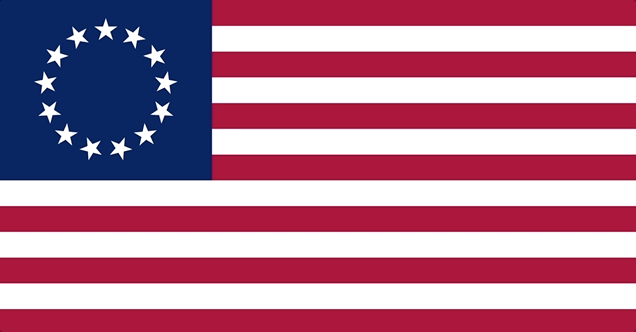It’s Flag Day, when the U.S. celebrates its starry, stripy flag of red, white and blue. The flag has changed many times – in 1777 it had 13 stars in a circle, one star for each state. In 1795 we added Vermont and Kentucky, so those 15 stars moved into rows, and in 1818 we added another 5 states (and stars). Since then the flag has changed more than 20 times. Our current 50-star flag was born in 1960, and is the longest-lasting flag we’ve had!
Wee ones: How many points does each little star have?
Little kids: Which had more stars, the flag for 15 states or the one for 13 states? Bonus: In our flag now, the long rows have 6 stars and the short rows have 5 stars. How much longer are the long rows?
Big kids: The 20-star flag had all rows of 5 stars. How many rows of stars must there have been? Bonus: One cool flag from 1867 has 37 stars arranged in 2 circles. The outside circle has 11 more stars than the inside circle. How many stars must each one have?
Answers:
Wee ones: 5 points.
Little kids: The flag for 15 states. Bonus: 1 star more.
Big kids: 4 rows. Bonus: 24 stars and 13 stars (for the 13 colonies!). If the outside circle dropped its 11 extras, the total would be 37-11 = 26 split evenly between them, which would be two 13-star circles. Then add 11 back to that outer one to get the 24.



